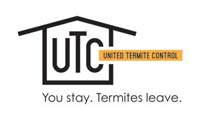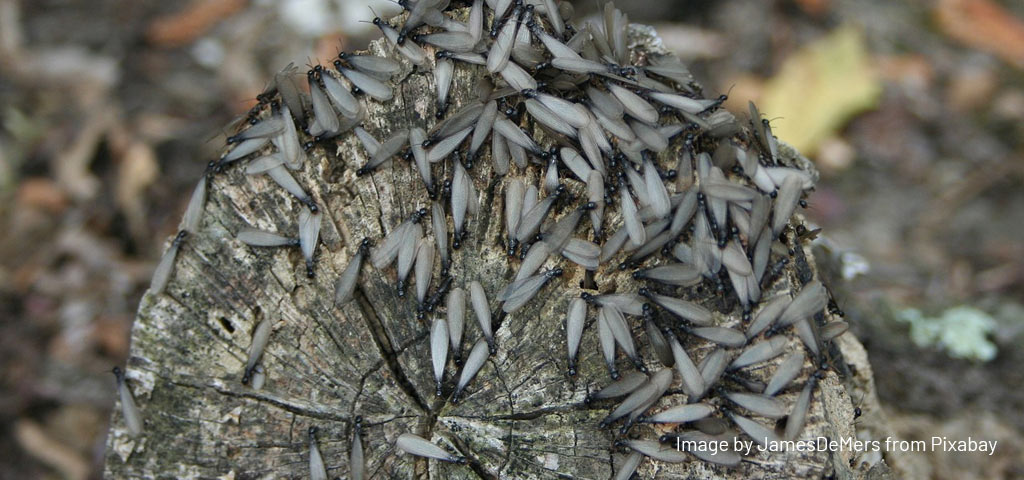The Importance of Professional Termite Inspections Before Treatment
Termites are certainly a problem that nobody wishes to have. These insects feed on cellulose found in wood and plant materials, and when they start to feast on the wood components in your home, they can cause devastating damage if a termite treatment is not conducted.
Most people understand that if they find signs of a termite infestation, rapid action is the key to preventing further damage. However, it is worth stopping for a second and getting a professional termite inspection completed before termite treatment is completed.
First and foremost, a professional inspection can tell you the extent of an infestation, which often dictates the best course of action for eradicating these pests. There are several ways to treat termite infestations, including:
- Fumigation: Fumigation is generally what most people think of when they hear a reference to termite treatment. This process encloses your home with a tent and releases precise amounts of the gas fumigant, which is a pesticide, into the structure. The benefit of this option is that you can often achieve complete eradication with only one treatment (which is a tremendous benefit because even a few survivors can start an entirely new colony) as it reaches all of the hard-to-reach spaces in your home.
- Soil treatments: Subterranean soil treatments can help to eradicate existing termite colonies and reduce the chances that new infestations will occur in the future. The process involves digging a trench around the periphery of your home and injecting liquid termiticide into the soil, which can protect it from termites for up to five years.
- Direct chemical treatment: Direct chemical termiticide application is not a permanent solution and is generally only used when an infestation is severe or ongoing. With this option, the property owner will likely want to continue application and regular inspections until the termite problem is under control.
As you can see, there are several options when it comes to termite treatment. These varying approaches can have dramatically different impacts on your home, your immediate circumstances (with fumigation, you often have to arrange to stay elsewhere for a defined period of time), and your budget. Therefore, you will want to select the best one for the unique circumstances of your infestation that will result in dealing with the problem with the least amount of impact on your life and wallet. Selecting the wrong approach can result in a reinfestation and cause further problems down the road.
Generally, you can only select the best course of action for termite treatment after consulting with a professional who can inspect your entire home. During the inspection, the inspector will thoroughly check all of the wood in your home, including floors, ceilings, walls, windows, eaves, and gutters. They can identify signs of an infestation, even if it’s an early infestation.
With this information, you can select the best approach for termite treatment that will successfully deal with your infestation. For more information on termite inspections, termite treatments, or to schedule a consultation, contact United Termite Control today!

